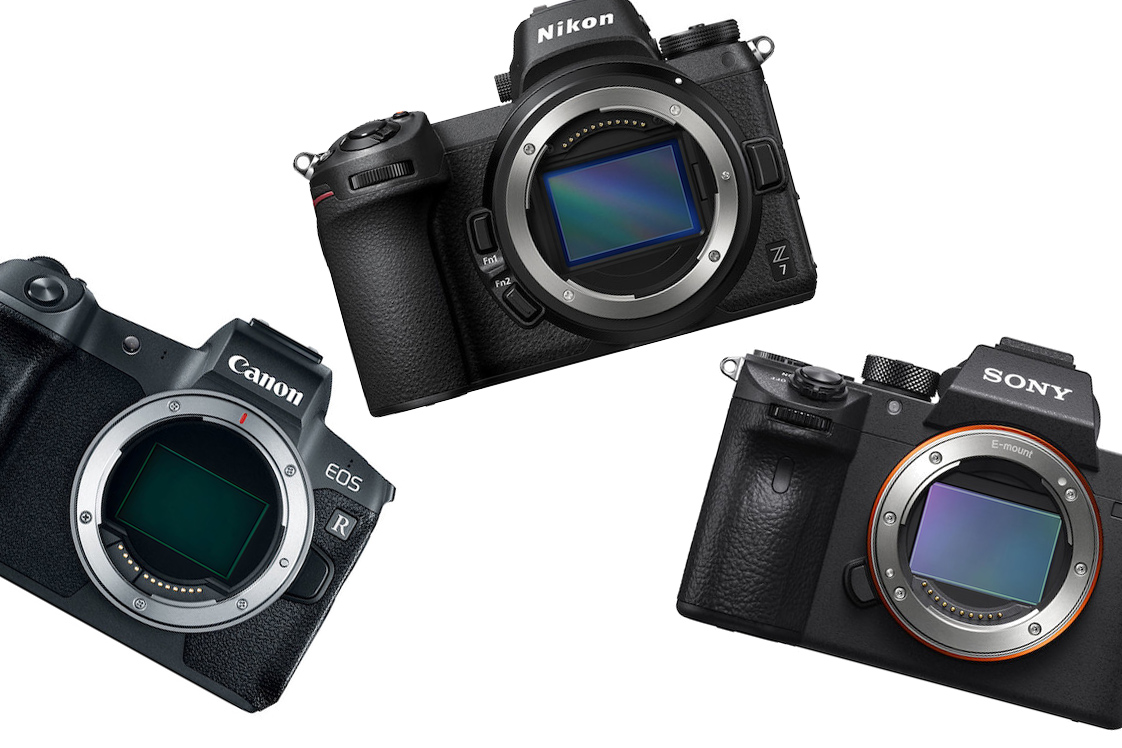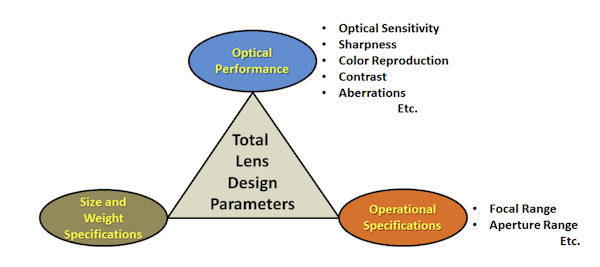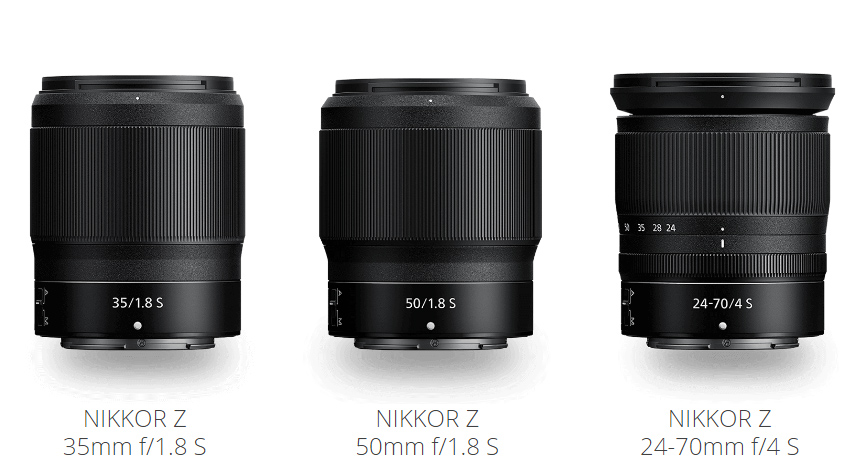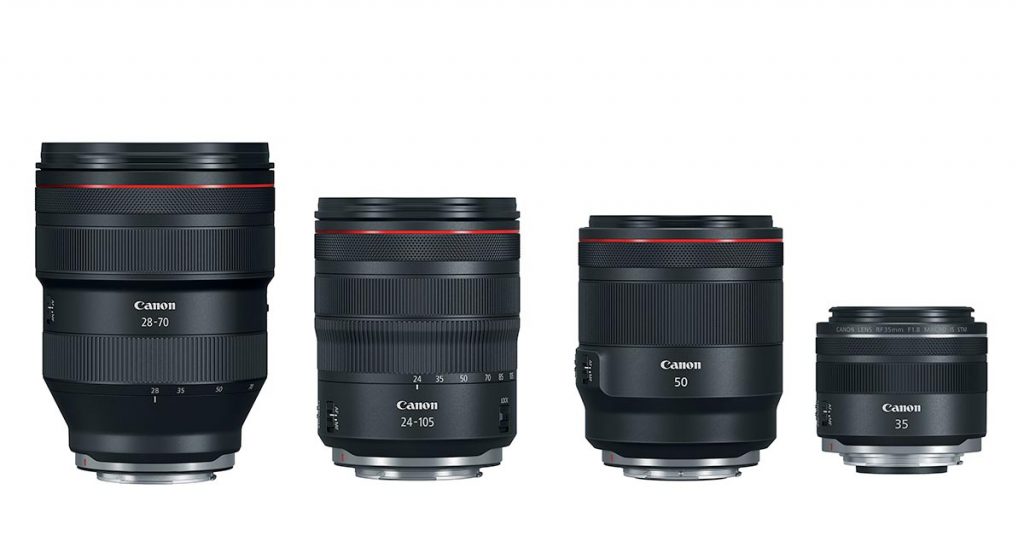Equipment
Roger’s Rants: My Canon/Nikon Mirrorless Camera Unfanboy Opinion

I’ve gotten about 632 texts and emails over the last couple of weeks. About half of them are “I’m a Nikon / Canon shooter. Should I preorder a Z / RF camera?” My answer is generally no. The reason is simple; unless you just have to play with the new technology and have money to burn, wait until the 2nd generation when the prices are way lower, some of the bugs are worked out, and more native lenses are available. (Yes, I’m aware you can shoot lenses on an adapter. You can also shoot lenses on the SLR you already have.)
The other half of the questions are “Who has the best mirrorless camera.” My answer is generally I refuse to play fanboy wars, which are typically nasty discussions between people who are already committed to a brand and people who have never tried the brand. But, of course, at this moment in time, Sony has the best mirrorless full-frame cameras. They should, they’ve released about a dozen of them, while Canon and Nikon have not quite released 1 and 2 respectively.
A few people, though, knowing I rarely recommend Generation 1 technology and don’t wallow in the fanboy cesspool, have asked “So where do you think this is going.” That’s a good question. And following my usual ‘often wrong but never in doubt‘ philosophy of life, I’m willing to speculate.
Cameras and Electronics
Sony has a much more mature technology which gives them a lead, of course. They also are a huge electronics company and sensor manufacturer, so I think it’s reasonable to believe they’ll keep that lead for the next couple of years. Then again, being Sony, they have a menu that is best described as ‘you get used to it.’ I think Canon and Nikon did really well as far as first generation ergonomics, especially if the goal was to keep their own customers from migrating over to Sony.
Both Canon and Nikon did one thing I hadn’t really expected, and the more I’ve researched it, the more important I think it will be. They went with very wide mounts (54mm for the Canon R, 55mm for the Nikon Z6/7). This is an especially big jump for Nikon (the F-mount was only 44mm) and wider than Sony’s 46.1mm E mount. Why does this matter? Because of optics.
Optical Differences
A wider mount allows lens designers more freedom. Wider aperture lenses are possible. Mount diameter is one reason Canon had f/1.2 lenses, and Nikon hasn’t, for example. Wider lens mounts also allow lens designers more freedom to correct aberrations and do all kinds of cute optical things. I’m sure the designers at both firms are salivating at the fun they’re going to have.
One thing to always remember, though, is lens design is still a compromise. The graphic from Canon’s white paper on the new mount shows it perfectly.

Thorpe, L: A New Lens-Camera System. Canon White Paper. https://downloads.canon.com/nw/camera/misc-pages/eos-r/pdf/canon_eos_r_white_paper.pdf
Designers can reduce the size and weight of a given lens, improve the optical performance, or increase aperture on the new mounts. To a lesser degree, they can do two out of three, and perhaps to a small degree all three in a given lens.
What Will This Mean?
At this moment in time, Sony has a much larger native-mount lens selection. They have also demonstrated the ability to release lenses at a very rapid pace and will have more native-mount lenses for years to come. Canon certainly has the resources to catch Sony if they want but given Canon’s conservative nature and dominant SLR position; I don’t expect that (but remember, I’m often wrong). I don’t think Nikon has the resources to do so for two reasons. First, Nikon has, in recent history, released new lenses at a slower pace. Second, Nikon has downsized significantly, and this has included lens designers. I meet a lot of designers and engineers from a lot of companies and ‘formerly at Nikon’ seems to be part of the introduction most of the time.
But both Nikon and Canon designers will have a significant advantage to work with going forward. Sony, Canon, and Nikon all make some excellent lenses. Going forward I think Canon and Nikon will have the opportunity to perhaps make ‘more exceptionaller’ lenses.
However, when we discuss optics and imaging we have to address the pink elephant in the room; image manipulation. Obviously, in-camera jpgs are strongly influenced by in-camera processing, but more and more we see evidence that RAW files are also manipulated in-camera. Electronic correction of optical aberrations may make optical differences in lenses less apparent, although it will never eliminate it.
What About All That Other Stuff?
Most of that I find rather inconsequential, although it’s obviously life-and-death to many Fanboys. One has in-body stabilization; the other doesn’t. One has probably better focusing than the other. I can’t imagine anyone is going to change from Nikon to Canon based on the mirrorless system.
A lot of people will buy their brand’s 1st Generation mirrorless cameras and use an adapter. Personally, I think Canon’s Control Ring is the most interesting thing I see for right now, and making it available on an adapter was brilliant. Lots of people won’t use it. I will, though, it seems very usable and intuitive to me.
But these first-generation cameras feature-for-feature probably aren’t as good as Sony’s multiple current offerings. Both will be more competitive in a year or two, although I suspect Sony’s cameras will have some advantages still. They’ll certainly be good enough for job 1, which is to slow the migration away from their own brand over to Sony.
My own opinion is eventually (3-5 years) mirrorless will be a significant portion of both Nikon and Canon’s business and the lenses, more than the cameras, will be the driving force. The early lens releases probably give us a hint of how each manufacturer plans to go forward.
Nikon started with three very practical native-mount lenses; a 24-70mm f/4 and 50mm f/1.8 and 35mm f/1.8 primes. Given the optical triad of performance, size, and specifications, Nikon seems to be leaning towards the compromise of somewhat smaller and somewhat better optically while fleshing out a practical, useful lineup. Their roadmap looks to emphasize useful and practical, but there is the spectacularly dramatic 58mm f0.95 on deck.
Canon started with three show-off lenses (and I don’t mean that in a bad way; I love optical show-offing). The 50mm f/1.2 and 28-70mm f/2.0 are all about amazing optics and big apertures, but they are huge beasts. The 35mm f/1.8 Macro is a bit smaller, a bit wider aperture, good optics, and a Macro feature (not that I’ve ever found 35mm full-frame macro lenses particularly useful), while the 24-105 IS is practical. Canon hasn’t released a roadmap but has said they are working on a series of fast lenses of f/2.8 or more, so I suspect some workhorse zooms are upcoming.
Logic suggests that from a pure optics standpoint upcoming Canon RF and Nikon Z lenses may be better than Sony’s, although it will be years before they have a similarly broad lineup. Logic also suggests Canon RF and Nikon Z lenses will be better than their SLR lenses; perhaps more so for Nikon who has a much larger mount now.
For both companies, the adapted lens route certainly makes it practical to dip a toe into their mirrorless offerings, although for me it will be another generation before I do. It won’t be a long wait for those with patience. Look at how much the Sony A7 series has improved over basically three years. Then again, Sony won’t be standing still over the next couple of years, either.
Interesting times.
Roger Cicala
Lensrentals.com
September, 2018
You can preorder the Canon R and Nikon Z6/Z7 now.
Author: Roger Cicala
I’m Roger and I am the founder of Lensrentals.com. Hailed as one of the optic nerds here, I enjoy shooting collimated light through 30X microscope objectives in my spare time. When I do take real pictures I like using something different: a Medium format, or Pentax K1, or a Sony RX1R.
-
HF
-
Stefanie Daniella
-
Matti
-
Thom Hogan
-
Franklin Berryman
-
Roger Cicala
-
Roger Cicala
-
T N Args
-
Thom Hogan
-
Thom Hogan
-
Sam
-
Roger Cicala
-
Roger Cicala
-
Roger Cicala
-
Roger Cicala
-
Stanislaw Zolczynski
-
Stanislaw Zolczynski
-
l_d_allan
-
Manuel Wenaud
-
T N Args
-
Mako
-
dave9t5
-
dave9t5
-
Eamon Hickey
-
David Bateman
-
David Bateman
-
Refurb7
-
Khürt L. Williams
-
citrate
-
i_felonious


